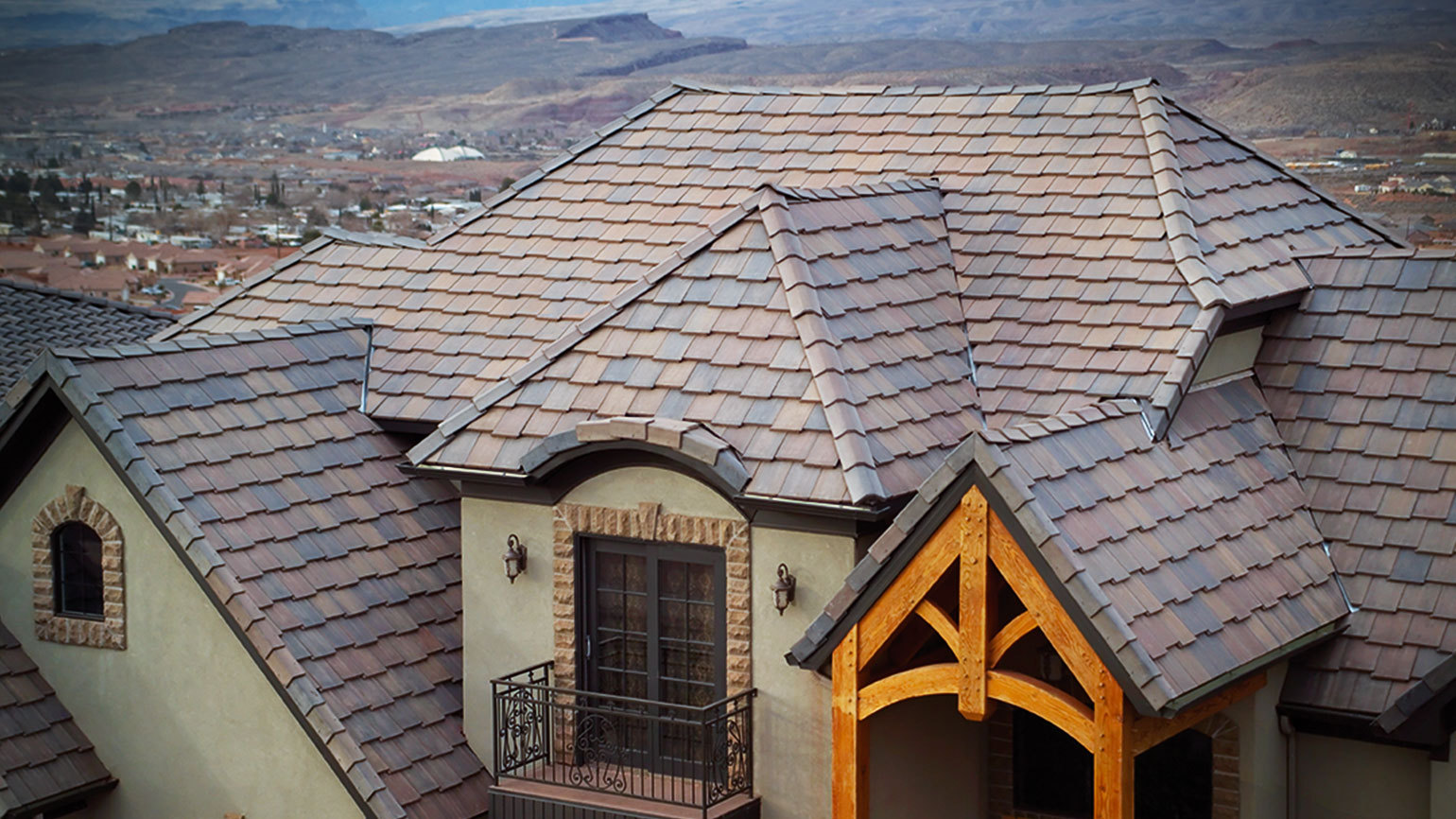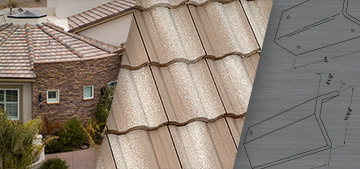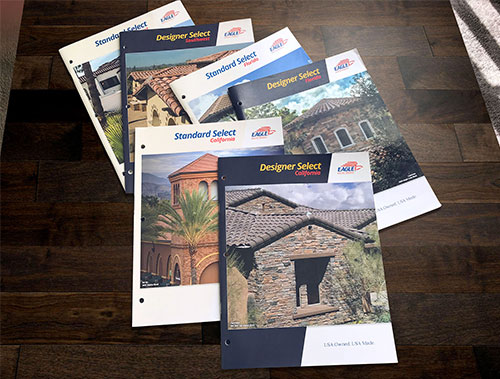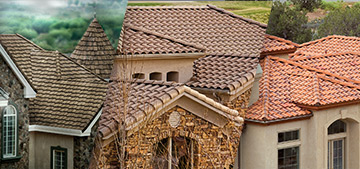If you live in a humid area of the country, you’ve probably noticed what appears to be black or green streaks on your roof. Often mistaken as mold or mildew, the black discoloration and streaks are actually algae.
Capable of growing on any roof type, including tile, slate, metal, wood shakes and asphalt shingles, algae does not harm the roof, nor does it grow directly on the roofing material. The growth is actually caused 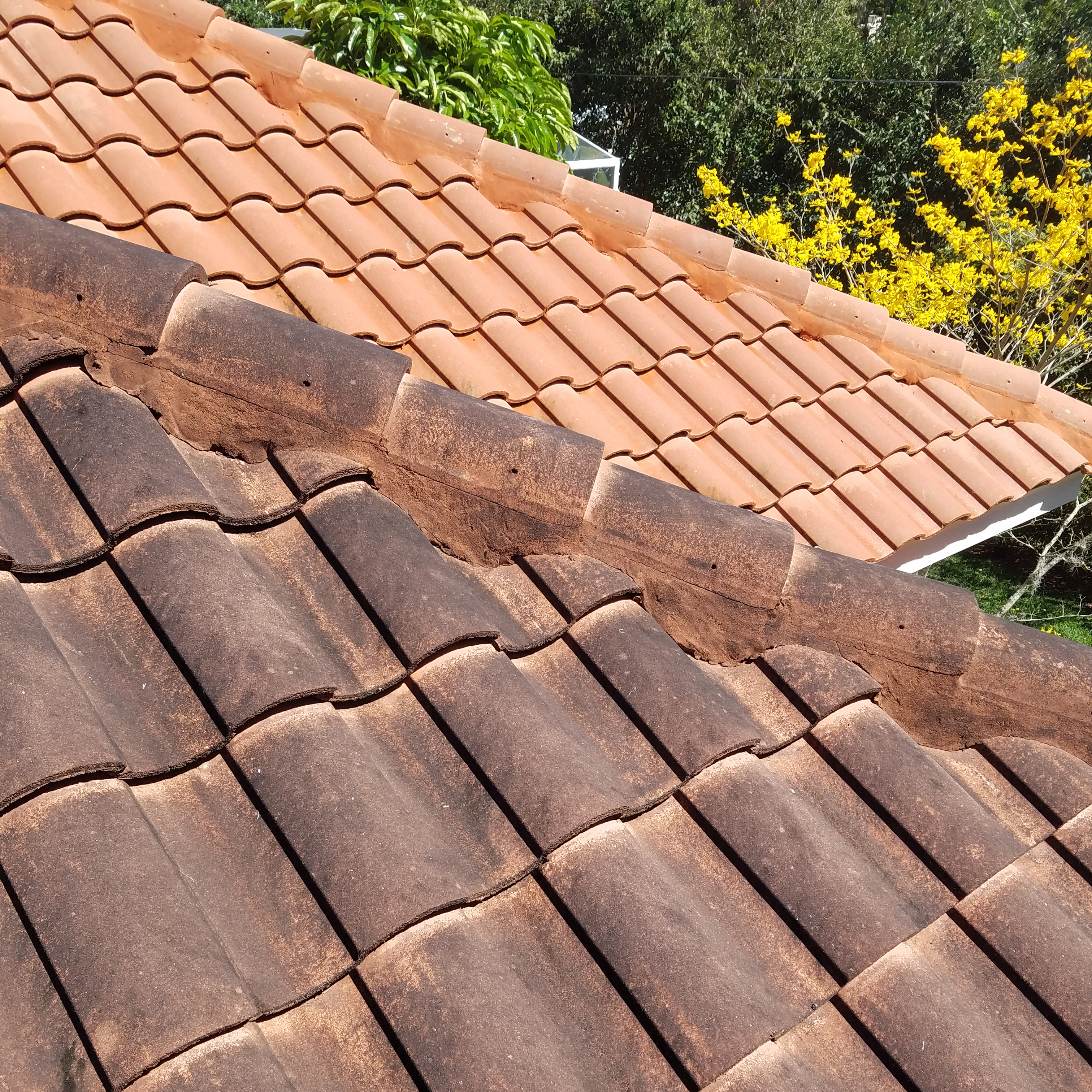 by the amassing of dust and other organic materials that settle on the surface. When moisture and sunlight are present, the algae spores begin to form. It protects itself from damaging ultraviolet rays by producing a dark pigmented sheath, which are the dark streaks that you see. Many variables play a role in the growth algae including the location of the structure, exposure to the sun, exposure to dew, surrounding trees and bodies of water.
by the amassing of dust and other organic materials that settle on the surface. When moisture and sunlight are present, the algae spores begin to form. It protects itself from damaging ultraviolet rays by producing a dark pigmented sheath, which are the dark streaks that you see. Many variables play a role in the growth algae including the location of the structure, exposure to the sun, exposure to dew, surrounding trees and bodies of water.
While these streaks do not affect the integrity of your roof, they can create an unsightly appearance and may affect your home’s curb appeal. The safest and most effective way to deal with the issue is by scheduling a professional roof cleaning. It is recommended that this be performed by a licensed and insured professional due to the hazards associated with traversing a wet roof. The roofing professional can lighten the algae discoloration on your roof by applying a solution that meets your roofing material manufacturer’s guidelines to ensure there is no damage done to the roof’s surface.
Unfortunately, whenever conditions are right, algae spores will return and treatments must be repeated. A few ways to reduce future mold and algae growth includes ensuring overhanging tree limbs are trimmed away from the roofline and keeping gutters clean and free of debris for proper rainwater drainage.
For more information regarding roof maintenance, specifically tile roof maintenance, take a look at Eagle’s Quick Facts guide, or contact your local Eagle Account Representative.
